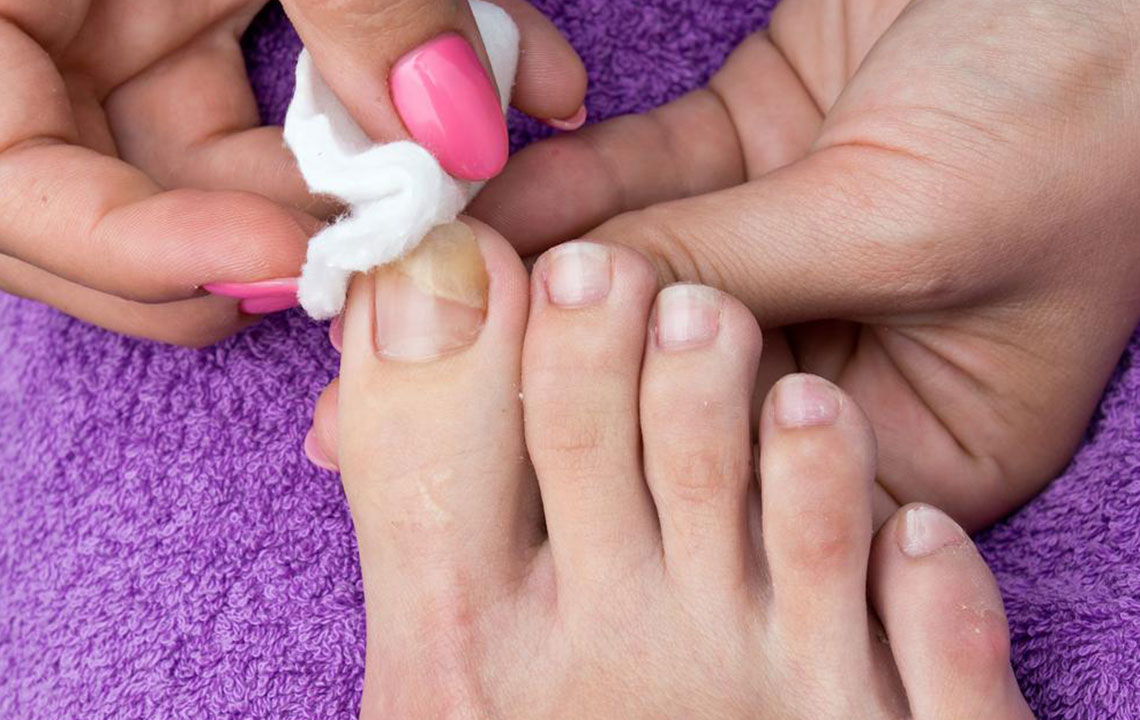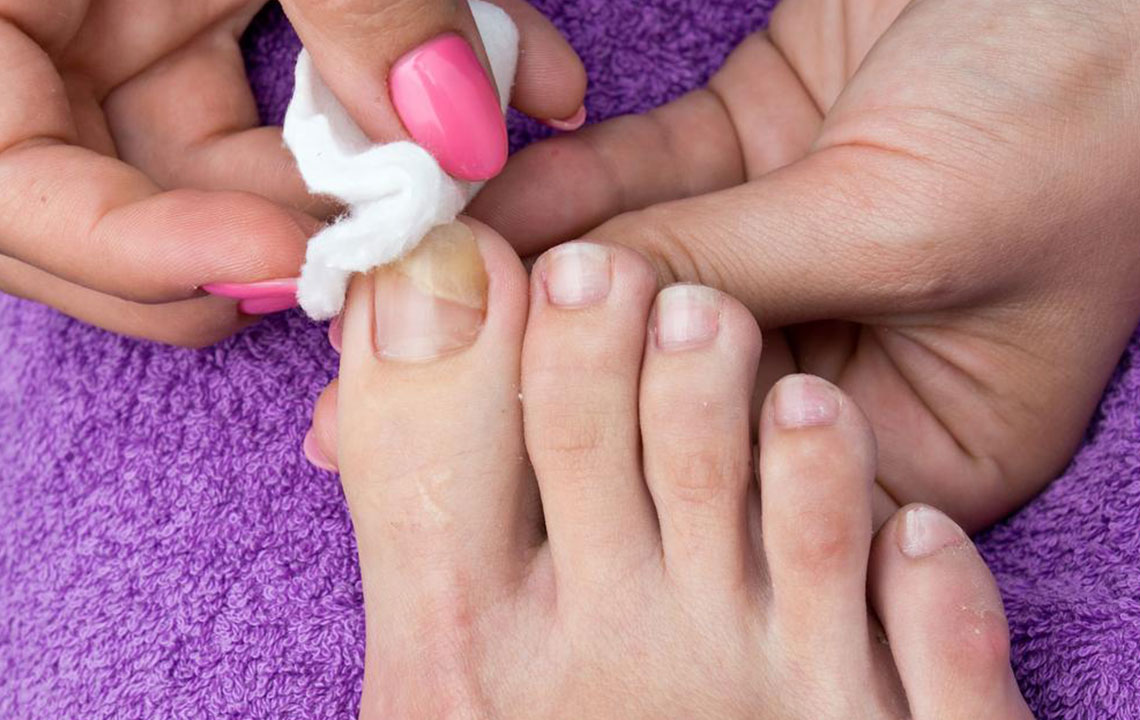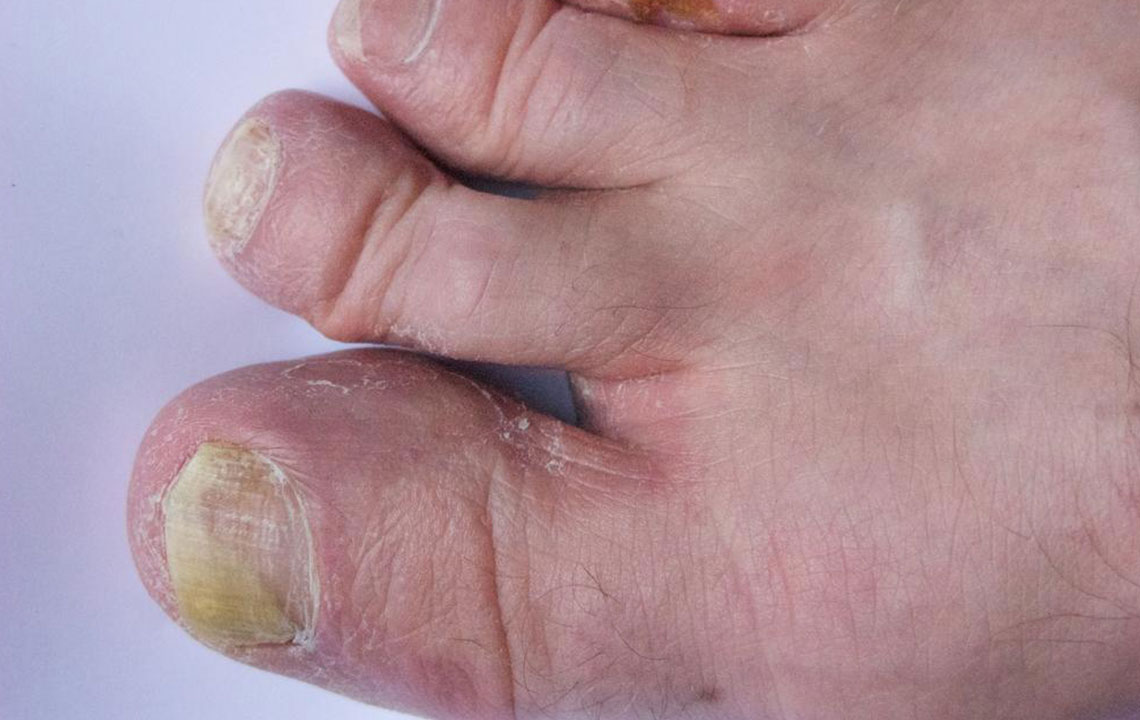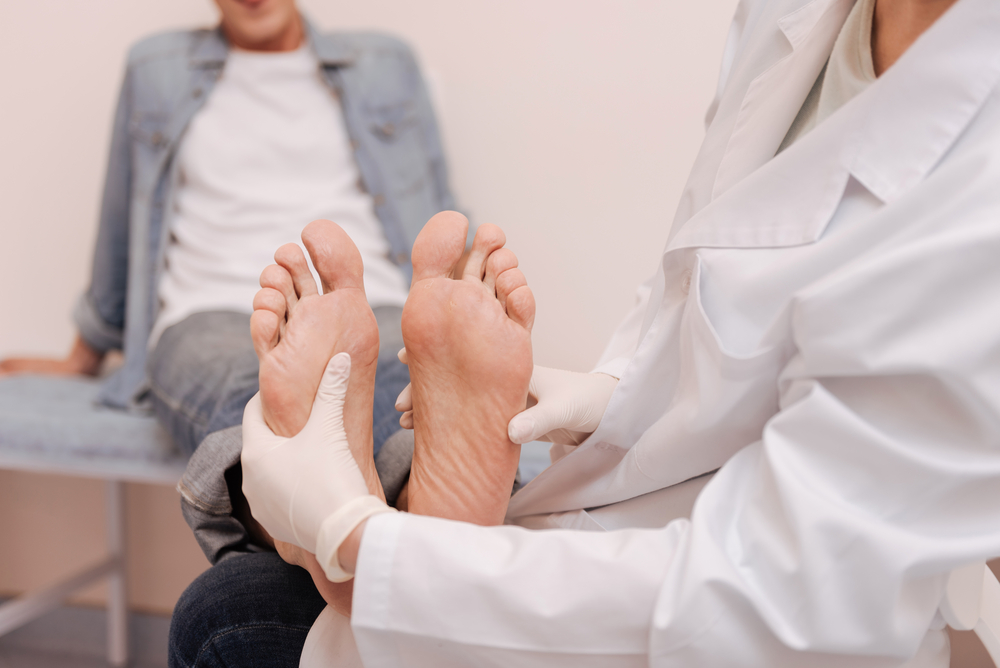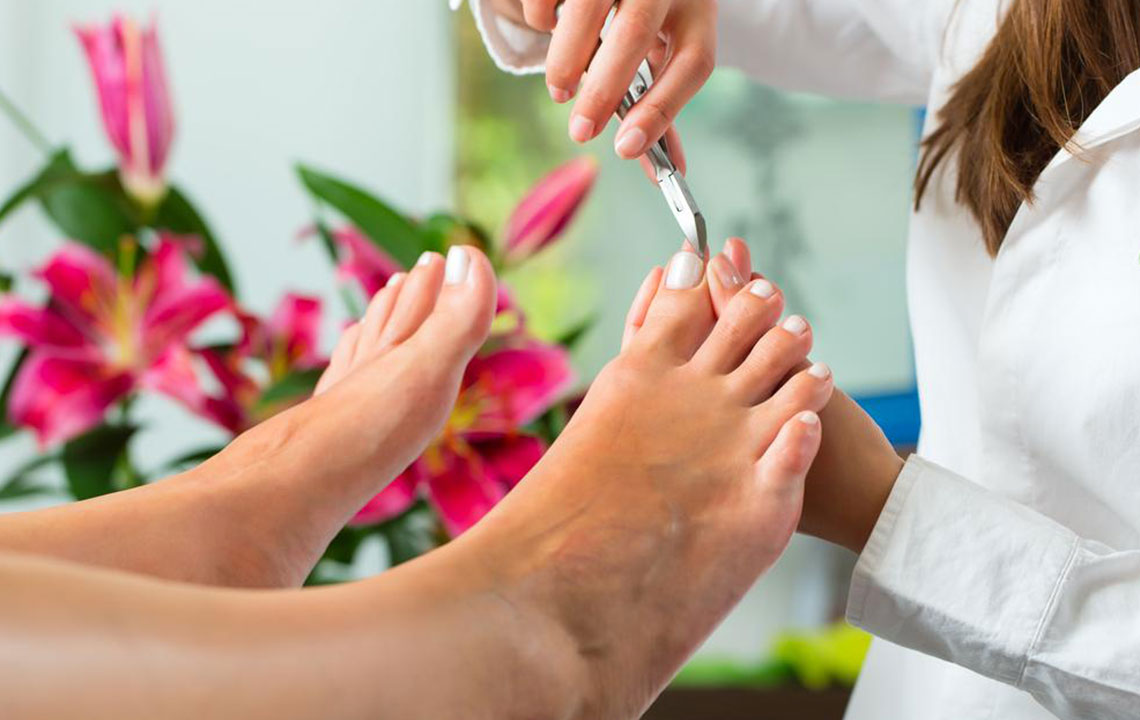Comprehensive Overview of Key Factors Leading to Fingernail Fungus Infection
This detailed article explores the primary causes of fingernail fungus infections, emphasizing mold types, fungal groups, circulatory health, environmental factors, and hygiene practices. It provides insights into prevention and effective management strategies to combat these common nail conditions and highlights the importance of early diagnosis and personalized treatment approaches.
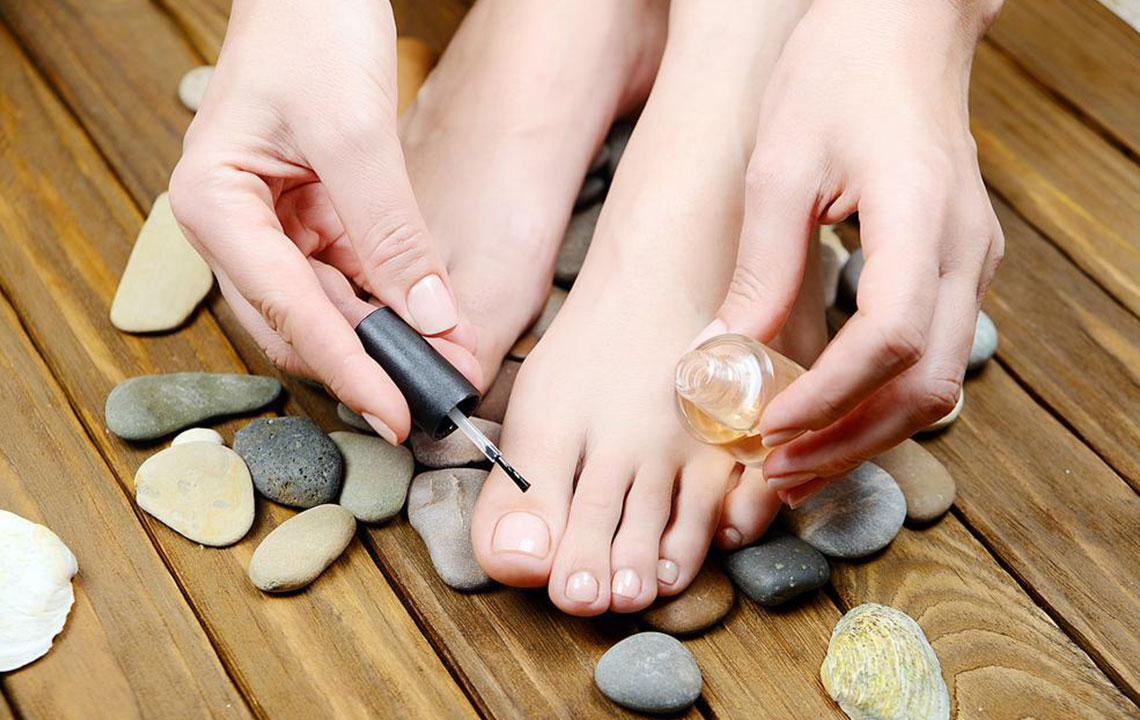
Understanding the Main Causes of Fingernail Fungal Infections
Fingernail fungus, scientifically known as onychomycosis, stands as one of the most prevalent nail health issues worldwide. It not only affects the aesthetic appearance of nails but can also cause discomfort, pain, and sometimes lead to more serious infections if left untreated. Recognizing the primary factors that contribute to the development of fingernail fungus is essential for early diagnosis, effective prevention, and appropriate treatment strategies. This comprehensive guide delves into the most significant causes and risk factors that predispose individuals to fungal nail infections.
Common Mold Infections and Their Role in Nail Fungal Diseases: One of the critical aspects in diagnosing and treating nail fungus is identifying the specific type of fungus responsible. Various molds, such as Neoscytalidium, Scopulariopsis, and Aspergillus, can invade the nail tissue, leading to infection. These molds thrive in humid environments and can infect nails through small cracks or cuts, often resulting in discoloration, brittleness, or crumbling nails. Accurate identification of the mold type influences treatment choices, as different fungi may respond to different antifungal agents.
Fungal Groups: Dermatophytes and Candida Species: The primary fungal agents involved in nail infections belong to dermatophytes, fungi that specifically infect keratinized tissues like nails, hair, and skin. Dermatophytes such as Trichophyton rubrum and Trichophyton mentagrophytes are common culprits. Additionally, Candida species, particularly Candida albicans, are significant contributors, especially in individuals with neutral or moist environments around their nails. These fungi cause characteristic symptoms including discoloration (yellow, white, or brownish hues), thickening of the nail plate, and subsequent damage that can impair normal function.
Impact of Circulatory Issues on Nail Health: Reduced blood circulation, often caused by peripheral vascular disease, diabetes, or other circulatory problems, can weaken the immune defenses within the nails. Poor circulation hampers the delivery of nutrients and immune cells to the nail beds, making them more susceptible to fungal invasion. The visual signs include yellowish or greyish discoloration, brittle nails, white spots, or speckles. Recognizing these symptoms can be vital in the diagnostic process and ensuring that underlying health issues are addressed alongside fungal treatment.
In addition to visible symptoms, internal factors play a significant role in predisposing individuals to fungal infections.
Excessive Sweating and Hyperhidrosis as Risk Factors: Excessive sweating, particularly in the palms and fingers, creates a consistently humid environment around the nails. This moisture fosters ideal conditions for fungi to grow and spread. Hyperhidrosis, a condition characterized by abnormal sweating, often requires management before fungal infections can be effectively treated. Treating hyperhidrosis and reducing moisture levels around the nails is an essential step in preventing fungal proliferation.
Environmental Conditions and Their Influence: Living or working in damp, poorly ventilated environments significantly increases the risk of developing fungal nail infections. Spaces such as gyms, swimming pools, and humid workplaces can expose nails to fungal spores. Walking barefoot in such environments and sharing personal items like nail clippers or towels can facilitate fungal transmission. Ensuring proper hygiene, avoiding high-risk environments, and using protective gear when necessary are critical preventative measures.
Hygiene Practices and Genetic Predisposition: Good hygiene habits, such as regular cleaning and drying of the hands and feet, can reduce fungal colonization. Conversely, poor hygiene, such as neglecting nail care or sharing personal grooming tools, raises infection risk. genetics also influence susceptibility; individuals with a family history of fungal infections or those with compromised immune systems are more prone to developing nail fungus. Consulting healthcare professionals for personalized advice can significantly improve outcomes.
Recognizing these contributing factors allows for a comprehensive approach to prevention and treatment. Addressing not only the infection itself but also underlying health issues, environmental risks, and hygiene habits forms the foundation of effective management of fingernail fungal infections. Early intervention and tailored therapies can restore nail health and prevent the spread of fungi to other areas of the body or to others in contact.
